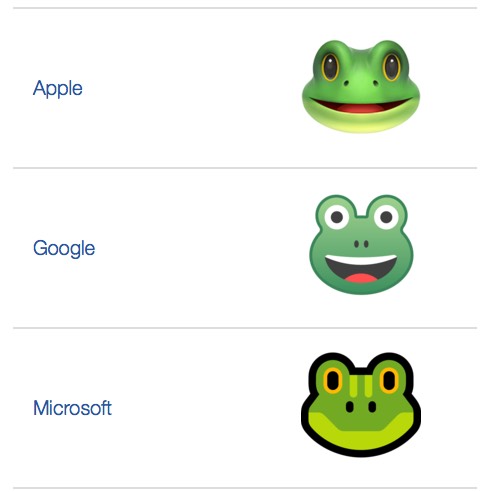When Abi and I visited SFMOMA last year, the Sol LeWitt exhibit left quite an impression on me. Not because of the beauty of the works themselves, but because of their nature. The museum had a collection of wall drawings which were not drawn by LeWitt himself, but by other artists based on his instructions. For example, his collection Work from Instructions (1971) includes:
Plate 5. Using a black, hard crayon draw a twenty inch square. Divide this sqaure into one inch squares. Within each one inch square, draw nothing or a freehand line or lines.
Plate 6. Using a black, hard crayon draw a twenty inch square. Divide this square into one inch squares. Within each one inch square, draw nothing, or draw a diagonal straight line from corner to corner, or two crossing straight lines diagonally from corner to corner.
The instructions seem very clinical and precise at first glance, but you very quickly see how much flexibility and leeway they allow. With a “hard black crayon” you can draw thick or thin lines. The instructions say nothing about whether the thickness of each stroke has to be consistent across the whole twenty inch square. For Plate 6 there are four possible states for each square (nothing, diagonal 1, diagonal 2, cross), which gives you a gargantuan 2800 possible versions to play with. Each time an artist follows the instructions, you will get something subtly different, but still essentially the same. The art lies in both the execution and the instructions. We take this kind of duality for granted with classical musical works and theatre plays, often granting the composer and playwright the most credit. But for visual arts it feels subversive and unusual.
I was reminded of this while I was listening to the “Pumpkin Pressure” episode of Hello Internet. Brady and Gray talk about various emoji (frog face, crocodile), and which versions they like best — Apple, Google, Microsoft, etc.

It struck me that the Unicode Emoji catalogue has a lot in common with Sol LeWitt’s conceptual art. The Unicode consortium defines the core essence of the emoji in a few short words, such as “frowning face with open mouth” (U+1F626 or ?), “shallow pan of food” (U+1F958 or ?), or “person in lotus position” (U+1F9D8 or ?). It’s up to the implementors to execute this concept and turn it into something expressive and recognizable at the scale of a tiny letter-size graphic, ideally within a consistent design framework.
I think the balance of creative expression here is tilted in favour of the implementors. But don’t underestimate the work that goes into deciding which emoji will be codified, and what the canonical textual representation will be. That’s art, too.